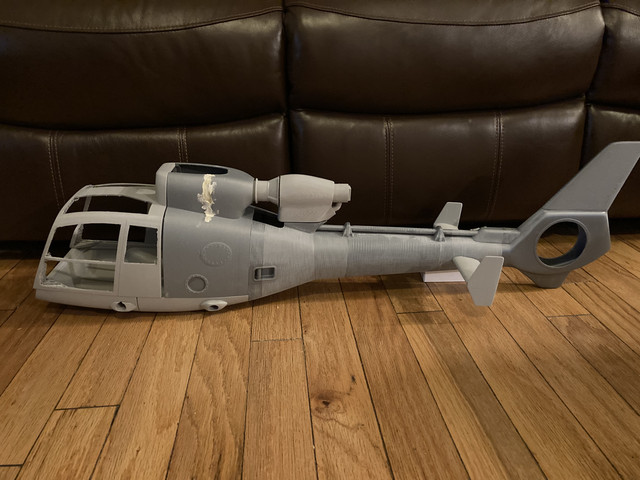mdcerdan
Elite member
mdcerdan
In my experience it is 'whole planes' that benefit from 'professional' standard printers. They have more rigid frames and tracks so the highest accuracy can be maintained over the whole print volume.
Small parts are not a problem for the low end printers after all they use the same stepper motors so the accuracy and repeatability over shorter distances is just as good.
Any 3D printing take some understanding and experience to get reliable results. In general it is not as simple as 'load the file and print' unless you are simply repeating an already successful and recent print!
My philosophy is print small parts and stick them together if you want bigger, like this tissue & dope covered electric powered RC glider.
View attachment 205445
A very conventional build with ribs, spar, leading and trailing edges but every part (over 40) is individually printed and stuck together just the same as if it were in balsa.
Even the fuselage has 9 individual bits. Only the tail boom is a bought item.
1000 mm span, well under 250g ready to go and all done using my budget 'self assemble' Anet A8 printer.
Nice plane Quorneng!
I made a couple more pod and boom 2 meter gliders but I only 3d print the pod and a few other minor pieces like the antenna mount, nose cone and pushrod guides. The wing are made of styrofoam and covered with paper and laminating film.

















